Redefining Event Infrastructure: The Sustainable Solution to Wasteful Construction
更多信息
您可以通过以下方式与我们联系,我们将尽快为您提供反馈
-
美国
+1 (513) 331 2658
-
亚洲
800-820-6030
-
邮箱
info@roder-architecture.com
2020 官网升级中!现在您访问官网的浏览器设备分辨率宽度低于1280px请使用高分辨率宽度访问。
Multifunctional solutions in the industry
——The Application of Riedel Assembled Aluminum Alloy System in Industry
In the field of modern industry, innovation and versatility are key to success. Aluminum alloy structures have emerged as Swiss military knives to meet various industrial needs. These lightweight, sturdy, and highly customizable structures have proven to play an indispensable role in industry, helping businesses improve efficiency and ensure smooth production operations.

01
99% recyclability creates flexible space
One of the biggest characteristics of the RÖDER assembled aluminum alloy system is its flexibility. Industrial projects may require temporary covers, whether for warehousing, assembly lines, equipment maintenance, or other purposes, and storage capacity bottlenecks can be resolved in a very short period of time. If the demand for logistics space continues to increase, Riddell’s prefabricated structural system can achieve 99% recyclability, relocation, and easy expansion and extension. If necessary, the location of the logistics hall can be changed in a very short period of time to meet new or modified requirements. Provide equipment variants ranging from uninsulated storage halls to fully insulated, long-term usable hall system solutions.


02
It only takes 14 days from 0 to put into operation
Compared with traditional buildings, the construction speed of the Riddell prefabricated aluminum alloy structure is much faster. This is crucial for industrial projects that require rapid solutions. All of our structures are prefabricated and produced in the factory, assembled like Lego bricks on the construction site, greatly reducing the construction cycle. Moreover, the entire construction environment is noise free and pollution-free, truly achieving green environmental protection.
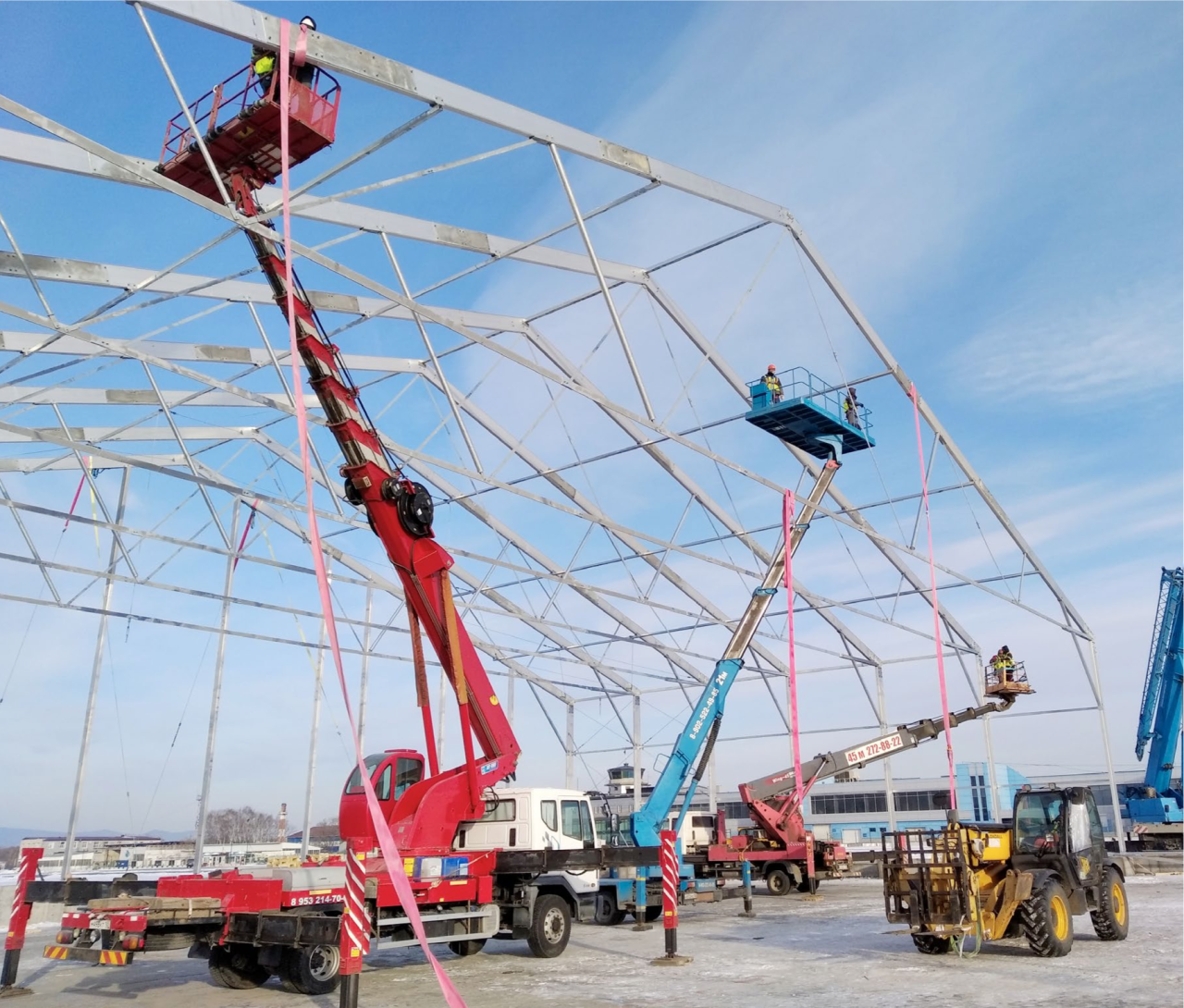

03
Safe, Durable, and Sustainable
RÖDER Group adheres to the strictest sustainable environmental management system in the world. Our EMAS certification confirms this. As part of sustainable development, our components need to be durable, which is why we use high-quality materials in planning and framework structures. They are usually made of high-quality aluminum alloy materials with wind, rain, and snow resistance properties. This means that they can provide reliable protection under various adverse weather conditions, ensuring that production is not disturbed. In addition, we have experienced renderings and structural designers who not only provide customized and innovative solutions to customers, but also provide structural calculations required by building laws to allow temporary and permanent use.

04
Multiple application fields
The RÖDER assembled aluminum alloy junction has a wide range of applications in industry. They can be used for warehousing and logistics, providing additional storage space. In the manufacturing industry, they can be used as temporary work areas to accommodate assembly lines or machine maintenance. In addition, it can also be used in various application scenarios, such as aircraft hangars, offices, supermarkets, highway maintenance stations, military campsites, etc.


Aircraft hangar

office

supermarket
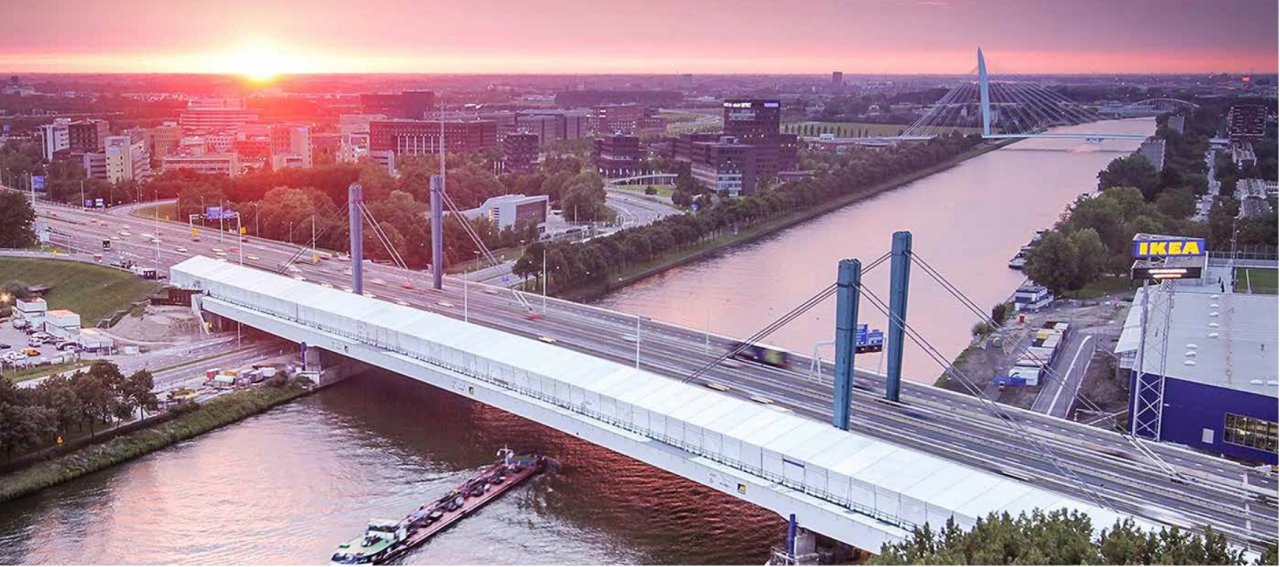
Expressway maintenance station

Military Camps
05
economic benefits
Compared to traditional buildings, the RÖDER prefabricated aluminum alloy structure is usually more cost-effective. Not only does it have lower costs in construction and maintenance, but it can also reduce the demand for land and infrastructure. This makes the Riedel assembled aluminum alloy system an ideal choice for reducing costs in industrial projects.

RÖDER prefabricated building
LEGO Building Blocks in the Construction Industry – Your Reliable Choice
RÖDER has been established for 64 years
Riddell’s spatial creativity is still fermenting
In the future, we will continue to create space
Create miracles!
R Ö DER China’s prefabricated buildings and prefabricated systems are jointly concerned with environmental protection and sustainable development of the Earth with major global groups. The use of this building system has advantages such as social contribution, low-cost construction, short delivery time, and long service life. It can achieve modular design, standardized manufacturing, prefabricated construction, information management, and customized development to reduce labor intensity, reduce construction waste, and shorten construction cycles The requirements for increasing the usage area, earthquake resistance and disaster reduction, energy conservation and emission reduction, modernization of the construction industry, and industrialization of new types of buildings.
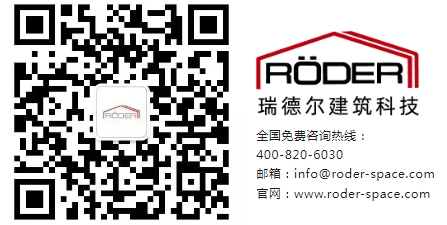
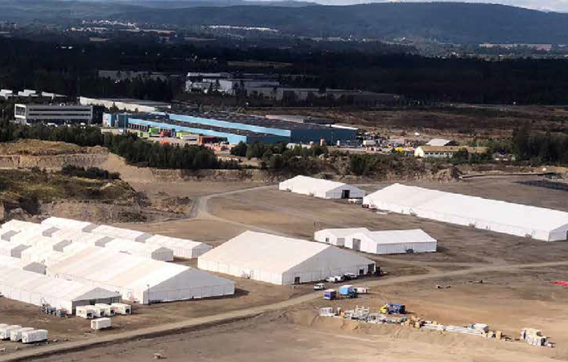
Redefining Event Infrastructure: The Sustainable Solution to Wasteful Construction
 更多
更多
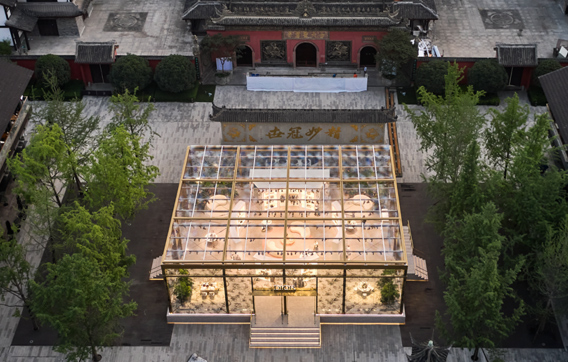
Unleashing Innovation: Modular Construction in the Events Industry
 更多
更多

5 Major Environmentally Conscious Considerations for a Construction Project
 更多
更多
